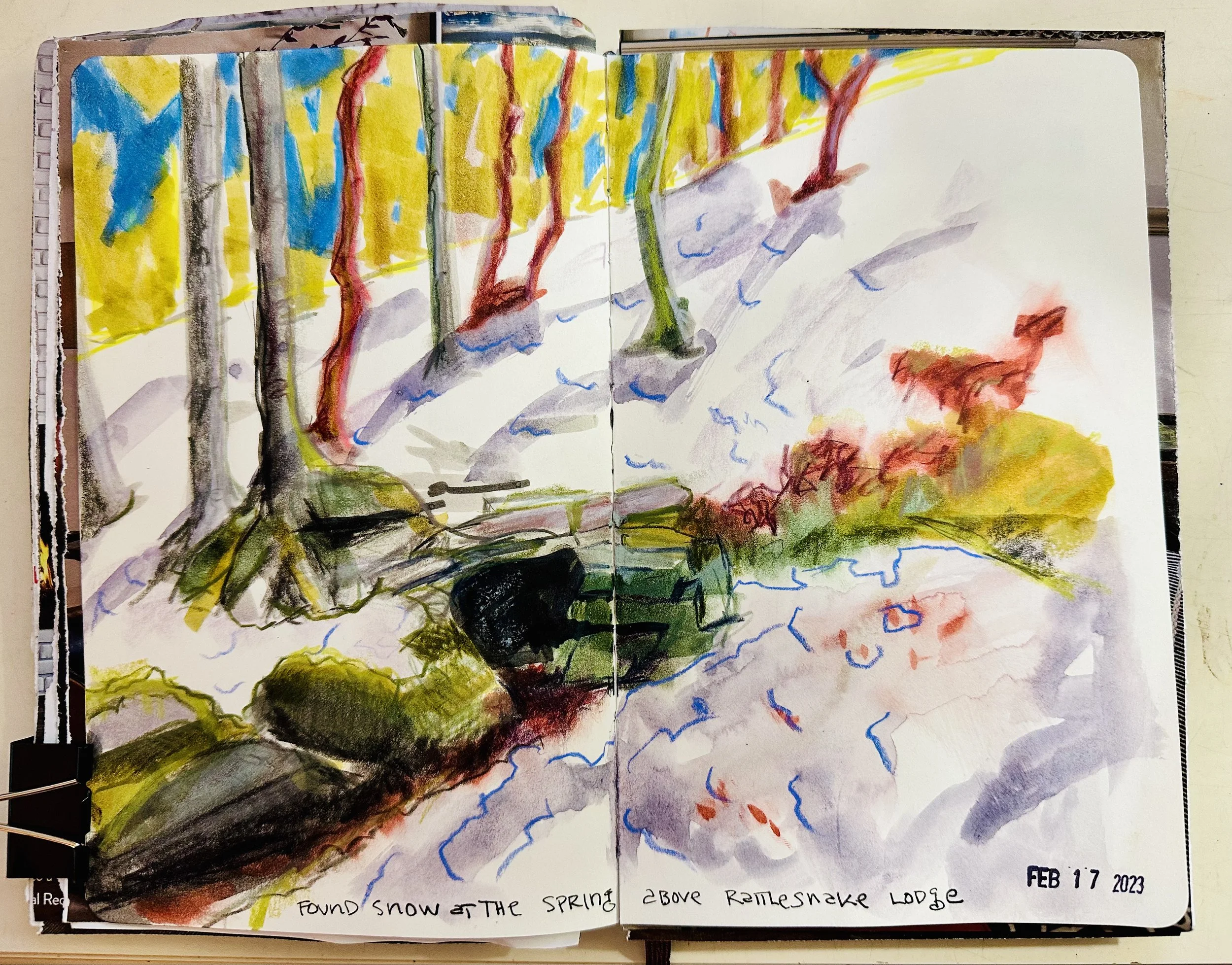Finish Strong, Not Paralyzed: Training for a Thru Hike
Along Franconia Ridge
“The transformation of the heart is a wondrous thing, no matter how you land there.”
Before my adventure on the AT in 2017, I’d spent a good amount of time hiking in New Hampshire’s White Mountains, feared by all who thru hike the Appalachian Trail. Every year we hiked up to Mount Lafayette: we climbed up the Falling Waters trail, traversed Franconia Ridge to Mount Lafayette, stopped in to get snacks at Greenleaf Hut and finally followed the Old Bridle trail back to Franconia Notch.
Eight little miles that left me paralyzed the next day. And probably the day after that.
This is basically how every break looked like on the AT.
Like a goldfish, after ten seconds I forgot how hard it was until the next year when it invariably left me paralyzed again.
One year, I had an epiphany.
I decided to train!
Long before we strapped the luggage rack onto the roof of the Honda, I joined the Y. I started doing squats and lunges and Romanian Dead Lifts and I kept hiking 15 - 20 miles a week in the mountains of North Carolina.
I put in time and effort before hitting the trail, even though I hate Romanian Dead Lifts. And squats. And the gym.
But I Was Done Letting My Hikes Finish Me
That year, I vowed to finish my hikes and finish them strong(er).
And, guess what?
It worked!
I did hike strong that summer. No more Lafayette-induced paralysis.
Who knew? (Actually, I knew.)
News Flash: Physical Therapist Takes Her Own Advice!
I know…it shouldn’t have surprised me. I’m a Physical Therapist ever proselytizing to my patients about the benefits of strength training. But sometimes you just gotta live a thing to know a thing.
Or at least have a reason to do all those effing squats.
So I’m glad to have a later start on the PCT this year. I’m too old to “hike myself into shape,” a not uncommon approach to “preparing” for a long distance hike. Sort of like on the job training for masochists.
Instead, I have the luxury of dedicating time to several areas that can only increase my chances of success.
Over the next few posts, I’ll share my strategy for getting trail ready by focusing on the following areas:
Increasing my base mileage (the fun part)
Strength training for long distance hiking (the necessary slog)
Mobility training for injury prevention (essential for old hikers)
Addressing some overuse injuries common to hiking (don’t learn it the hard way)
Another reason I love notebooks…I like to see the checkmarks on this training schedule accumulate.
Two more things before we start…
One…REST.
What I tell my patients: More (exercise) is not necessarily better. The magic happens during rest—muscles get bigger, injuries get repaired, glycogen gets restored, the immune system gets recharged.
So, take time off every week. Give yourself one full day of couch potatoing. And every few weeks, take everything a little easier—shorter hikes, no strength training, easy mobility. Chances are, you’ll feel even more like getting back to it once you’ve felt the crushing boredom of laziness.
Two…LISTEN TO YOUR BODY
Another thing I tell my patients…”no pain, no gain” isn’t one-size-fits-all advice. Sometimes you have to choose NOT to push through (see point #1 above).
Sharp pains are warnings. Pains that don’t go away after 12 - 24 hours are warnings. Pains that keep getting worse are warnings. Pain is telling you to “Sit the fuck down and try something different.”
Heed your pain.
Adjust your training as needed. Or as your body requires.
Vitamin I, as in ibuprofen, is not necessarily a requirement for training or for going the distance on a long hike. It’s only a backup plan. I wouldn’t leave home without it. But I’m hoping focus, well-rounded training (and curtailing my idiot competitive urges on trail) will keep the Advil in its place…in the bottom of my pack next to the tick twister and the back-up shrimp ramen.
From a snowy training hike along the Mountains-to-Sea Trail.








